It's been three years since Leica brought us the original aluminum wonder Leica T. While it was given a refresh last year, that update flew under the radar of even many Leica fans as it did little more than change the name. The brand new TL2, however, is a ground-up reworking of the entire platform. Well, we've spent the past two weeks putting our hands on one and we've got some thoughts, and even raw DNG files, to share.
Being familiar with the original Leica T really helps put into perspective what the TL2 is all about. If you haven't already, be sure to check out my full and in-depth review of it here on Fstoppers. In a nutshell, the T platform is Leica's most accessible mirrorless camera aimed at enthusiast consumers and even the traveling (or vacationing) pro who wants a smaller, simpler system to supplement their main rig(s). The two party pieces that immediately stand out when you see any of the Leica T family are the strikingly modern industrial design that has each camera body carved out of a single block of aluminum that is then hand-polished for nearly an hour, and then the 3.7-inch smartphone-like touchscreen interface. Neither of those two things has changed with the TL2, but most other aspects have.
So what's most exciting?
- It's fast. Blazing fast. Everything is fast. It turns on in under 600ms. The touch screen is instantly responsive and in actual testing is up to eight times faster than the T for some functions. The electronic view finder (EVF) has less lag. The autofocus is near-instant. The original T got much faster throughout its life with regular firmware updates, but even at it's fastest this is an immediately noticeable upgrade on all fronts.
- Reorganized and simplified menu. The icon-based menu has been noticeably simplified, but it doesn't feel like any critical controls have been omitted. It just makes a little more sense. And they finally added the ability to shoot DNG only. I cannot believe to this day that option has never made its way to the original T.
- Autofocus is a pleasure. While the old T had nine focus fields, the TL2 has 49. That's over five times more focus points. And they respond in just 165ms instead of the old 460ms.
- The right amount of pixels. We've now got 24 megapixels to work with instead of 16. While you can certainly do a lot with 16 megapixels, all things equal I'm happy to have more. That bump in resolution up to 6,016px on the long edge also really makes you comfortable taking the TL2 on serious photo trips where you may have once-in-a-lifetime images taken.
- ISO range is greatly increased. The TL2 has a bump from 12,500 to 50,000. Combined with around 14 stops of dynamic range and those extra megapixels, you can safely protect those highlights with a bit of "under exposure" and bring up the shadows like many of the top DSLRs on the market. The shadows aren't quite as clean as a class-leader like the Nikon D750, but it's more than adequate and substantially better than its predecessor.
- 4K video. I haven't played with the video function yet, but this is sure to make some people very happy, especially with the sweet lens lineup for the system. It also supports 120fps slow motion, and there's an HDMI port, too.
- 1/40,000 sec. shutter. While it's mechanical up to 1/4,000 sec. just like the T, from there on up the electronic shutter kicks in. Want to adapt a Noctilux f/0.95 to your TL2 and shoot wide open in the brightest of bright sun? You can do that. And there's nothing special you need to do. Just set your shutter speed and the camera switches shutters automatically. The camera also supports rapid fire shooting up to 20fps with a buffer that will hold up to 29 raw DNG files at a time. With JPEG you'll never hit the buffer.
- Focus peaking for manual focus lenses. While it's certainly nothing new, focus peaking didn't exist on the T, so it's nice to see it here, especially since there are so many legendary Leica lenses to pair with the system.
- USB-C data transfer and charging. Most of you have probably never even removed the USB cable that came with your current camera from the box, but there are two reasons why that may totally change with the TL2. First off, the TL2 has 32GB of internal storage, which is more than a demo gimmick like it on most cameras. It's very usable and convenient, especially if you want to pick up your camera in a hurry and don't have a card ready to go. When you get back to your computer, just plug it in and it shows up like a memory card. Not only that, but you can charge the TL2 via that same USB-C connection. If you forget your wall charger or need to charge in a car or on the go, you'll never be stuck again.
Other Thoughts
I have a Leica T that I genuinely enjoy, but I'm now jealous and desperately want a TL2 now. I mean every nice thing I've ever said about the T, but it always was an "OK camera" in an amazing package. And I mean "just OK" in the sense that pretty much any camera made since 2010 is amazing in the grand scheme of things, but it was really hard to convince people to spend $2,000 on last-gen internals even if everything on the surface was cutting edge. Now we've got a T that has put both together. The TL2 feels like a modern, competitive camera in that same seriously drool-inducing package. If you're looking for a nice mirrorless system, the TL2 is absolutely worth the look. As a professional, this is not the mirrorless that I would use to replace my DSLRs, though.
Nope, there's no internal EVF. I know people were excited about some early rumors of this, but alas, it was not to be this time around. I'm really not sure how they'd implement it with this particular design without shrinking the screen or increasing the body size. At least the Visoflex is very nice, despite visually taking away from the svelte art piece that is the camera body.
The pop-up flash is gone. It was a really cool party trick to show off, but it was rarely used by anyone. It's always a bit sad to see a useful feature go even if rarely used, but freeing up that space internally certainly improves weather resistance and gave the engineers more room to add hardware. If you want a flash, the Leica SF 40 is what you want. It fits in the hotshoe and, while much bigger than the old pop-up, it does balance the camera well for its small size.
Dynamic range is certainly good, especially for an APS-C (1.5x crop) sensor camera. I found that the highlights get grey and dull more easily and in a less pleasing way than on my Nikon bodies, so you definitely want to make sure you're not putting yourself in a position where you need to recover too much from them. This is without a doubt shadow-biased, but be careful again. As the ISO goes up, those shadows begin to get temperamental. Your best shadow recover will always be had at the very lowest ISOs.
The top and bottom edges of the camera have been chamfered. The once-sharp edges of the T are gone and have been rounded off to feel more comfortable in the hand. It's not a big change, but it's certainly noticeable, especially if you hold the camera for longer periods of time.
I still love this screen and interface. It just begs you to use it. It's beautiful and responsive. I wish there was some haptic vibration feedback, though. The two command dials are very slightly larger. You probably wouldn't notice unless you look at a T and TL2 side-by-side, but the new size does provide a hint more surface area for your thumb. The dials also have an exceptionally sure and satisfying click. The dedicated video recording button is gone and has been replaced with a programmable function button. Essentially they just removed the red dot and added a menu item to make it whatever you like.
The very love/hate removable strap lugs are still here, but at least Leica now optionally sells universal lugs so you can add any strap your heart desires.
WIFI supports 802.11b/g/n. Would have liked to see "ac" support, but it probably won't make a difference in most (if any) situations.
The TL2 supports the 2.4mp Visoflex EVF, same as the T and even M10. Just as before the Visoflex adds GPS tagging to your images.
Buy All the Things
The Leica TL2 is available to order today in either anodized black or silver for $1,950, and should be shipping sometime the week of July 17, 2017.
There are currently six TL lenses for the system that really cover the gamut from wide to telephoto in both primes and zooms, and all of them are on the market and available today in either black or silver as well. The Leica M-Adapter L is also currently available in black ($395), and in August you should see it available in silver, as well. That's good news for those matchy-matchy types.
Some other fun accessories are the leather half cases ($150) and straps ($95). All are available now except the yellow leather options which should be available in August.
A new adapter is coming as well for all you R lens users. That means the TL system will then be able to natively handle any and all 35mm Leica lenses ever made.

Sample Images
I've put together the following sample images to demonstrate a variety of shooting conditions and camera settings. There are portraits in natural, golden hour, and even fluorescent lighting so you can evaluate skin tone rendering. We over-exposed some. We under-exposed some. There are high-contrast scenes and ones designed to show how the camera and lens resolve. All of these photos were shot using the Summilux-TL 35mm f/1.4 which I reviewed in-depth last year with more lens sample images there. If you want to play with the raw DNG files yourself, you can [509MB .zip]. I've included every image below. Because the TL2 shoots native DNGs, Lightroom supports them out of the box right now — no updates needed.
Note that each of the images as presented has basic edits applied, but nothing more than standard exposure, curves, contrast, white balance, sharpening, and highlights/shadows.

35mm, ISO 1250, f/1.4, 1/100th sec.
Tech Specs
|
Old |
New |
|
|
Resolution |
16 MP @ max 5 fps |
24MP @ max 20 fps |
|
Video |
FullHD@30fps |
4K@30fps, FullHD@60fps, Slomo |
|
AF Speed |
≥460ms (CIPA) |
≥165ms (Wide Angle CIPA); ≥190ms Tele CIPA |
|
AF Fields |
9 |
49 |
|
Start-up |
750ms |
600ms |
|
Display |
3.7", 1.3 million pixels |
3.7", 1.3 million pixels |
|
Storage |
32GB internal; SD cards |
32GB internal; SD cards |
|
ISO |
100 - 12,500 |
100 - 50,000 |
|
FPS |
5 fps with mechanical shutter |
7 fps with mechanical shutter ; up to 20 fps with electronic shutter |
|
Shutter Speed |
Mechanical up to 1/4000s |
Mechanical up to 1/4000s ; Electronic up to 1/40,000s |
|
EVF |
Optional ; 2.4MP |
Optional ; 2.4MP |
|
Interfaces |
USB 2.0 ; Wi-Fi |
USB-C 3.0 ; HDMI ; Wi-Fi |
|
Touch Responsiveness |
Depending on function (swipe, tap, etc.) up to 8 times faster than T/TL |
|
|
New Functions |
Focus Peaking, DNG-only Mode, Slomo Video Mode, FN Button, … |
|
TECHNICAL DATA |
|
|
Camera name |
Leica TL2 |
|
Camera type |
Digital APS-C system camera |
|
Lens mount |
Leica L bayonet with contact strip for communication between lens and camera |
|
Compatible lenses |
Lenses with Leica L-Mount, Leica M/R lenses using the Leica M-Adapter L/R-Adapter L |
|
Sensor |
APS-C sized CMOS sensor (23.6 x 15.7 mm) with 24.96/24.24 million pixels (total/effective), aspect ratio 3:2 |
|
Photo Resolution |
DNG: 6016 x 4014 Pixels (24 Megapixels), JPEG: optional 6000 x 4000 Pixels (24 Megapixels), or 4272 x 2856 Pixels (12 Megapixels), or 3024 x 2016 Pixels (6 Megapixels) |
|
Photo file formats/compression rates |
Optional: JPG, DNG, or DNG + JPG, DNG optionally uncompressed or compressed (lossless) |
|
Video recording format |
MP4 |
|
Video resolution/frame rate |
3840 x 2160 p (4K) 30fps, 1920 x 1080 p (FHD) 60 fps or 1280 x 720 p (HD) fps or 1280 x 720 p (HD) 120 fps (SLOMO) |
|
Video recording time |
Depending on ambient or housing temperature video recordings are possible up to a maximum length of 29 minutes, maximum file size is 4 GB, if a recording exceeds this limit, the respective part is automatically stored in another file |
|
Internal memory |
32 GB |
|
Storage media |
SD/SDHC/SDXC memory cards, multimedia cards, UHS II-standard is supported |
|
ISO range |
Automatic, ISO 100 to ISO 50000 |
|
White balance |
Automatic, presets for daylight, cloudy, halogen lighting, shadow, electronic flash, two memory slots for manually metered settings, manual color temperature setting |
|
Autofocus system |
Contrast-based |
|
Autofocus metering methods |
Single point, multi-zone, spot, face detection, touch AF |
|
Exposure modes |
Automatic program, aperture priority, shutter speed priority, and manual setting, Fully automatic, sport, portrait, landscape, night portrait, snow/beach, fireworks, candlelight, sunset, digiscoping |
|
Exposure Metering Methods |
Multi-zone, center-weighted, spot |
|
Exposure compensation |
±3 EV in 1⁄3 EV increments |
|
Automatic exposure bracketing |
Three pictures in graduations up to ± 3EV, adjustable in 1⁄3 EV increments |
|
Shutter speed range |
30 s to 1⁄40000 s (up to 1⁄4000 s with mechanical, shorter with electronic shutter) |
|
Picture sequence |
Approx. 7 fps (with mechanical shutter) and 20 fps (with electronic shutter), 29 pictures at full speed, then depending on memory card properties |
|
Flash modes |
Adjustable with attached, system compatible flash |
|
Flash exposure compensation |
±3 EV in 1⁄3 EV increments |
|
Flash synchronization |
1⁄180 s |
|
Monitor |
3.7” TFT LCD, 1.3 million pixels, 854 x 480 per color channel |
|
Self-Timer |
Selectable delay time 2 or 12 s |
|
WIFI |
Complies with IEEE 802.11b/g/n standard (standard WLAN protocol), channel 1-11, encryption method: WiFi-compatible WPA™/WPA2™ |
|
Power supply |
Leica BP-DC13 lithium ion battery, rated voltage 7.2 V, capacity 985 mAh (min.) (based on CIPA standard): approx. 250 pictures, charging time (after total discharge): approx. 160 min |
|
Interfaces |
Micro (type D) HDMI port, HDMI 1.4b standard is supported, USB type C port, USB 3.0 Super Speed standard is supported, battery charging via USB connection possible with max. 1 A, accessory shoe with Leica flash interface with integrated connection for optional accessories |
|
Body |
Leica unibody aluminum design, attachment system for carrying straps and other accessories, ISO accessory shoe with center and control contacts for flash units or Leica Visoflex electronic viewfinders |
|
Tripod thread |
A 1⁄4 DIN 4503 (1⁄4“) |
|
Body dimensions (WxHxD) |
134 x 69 x 33 mm |
|
Weight |
Approx. 399 g/355 g (with/without battery) |
|
Scope of delivery |
Camera body, carrying strap, 2 release keys for removing the dummy plugs or e.g. the carrying strap, battery (Leica BP-DC13), charger (Leica BC-DC13) with 6 adapter plugs, USB type C cord |
|
Software |
Leica App (free download in Apple™ App Store™/Google™ Play Store™) |










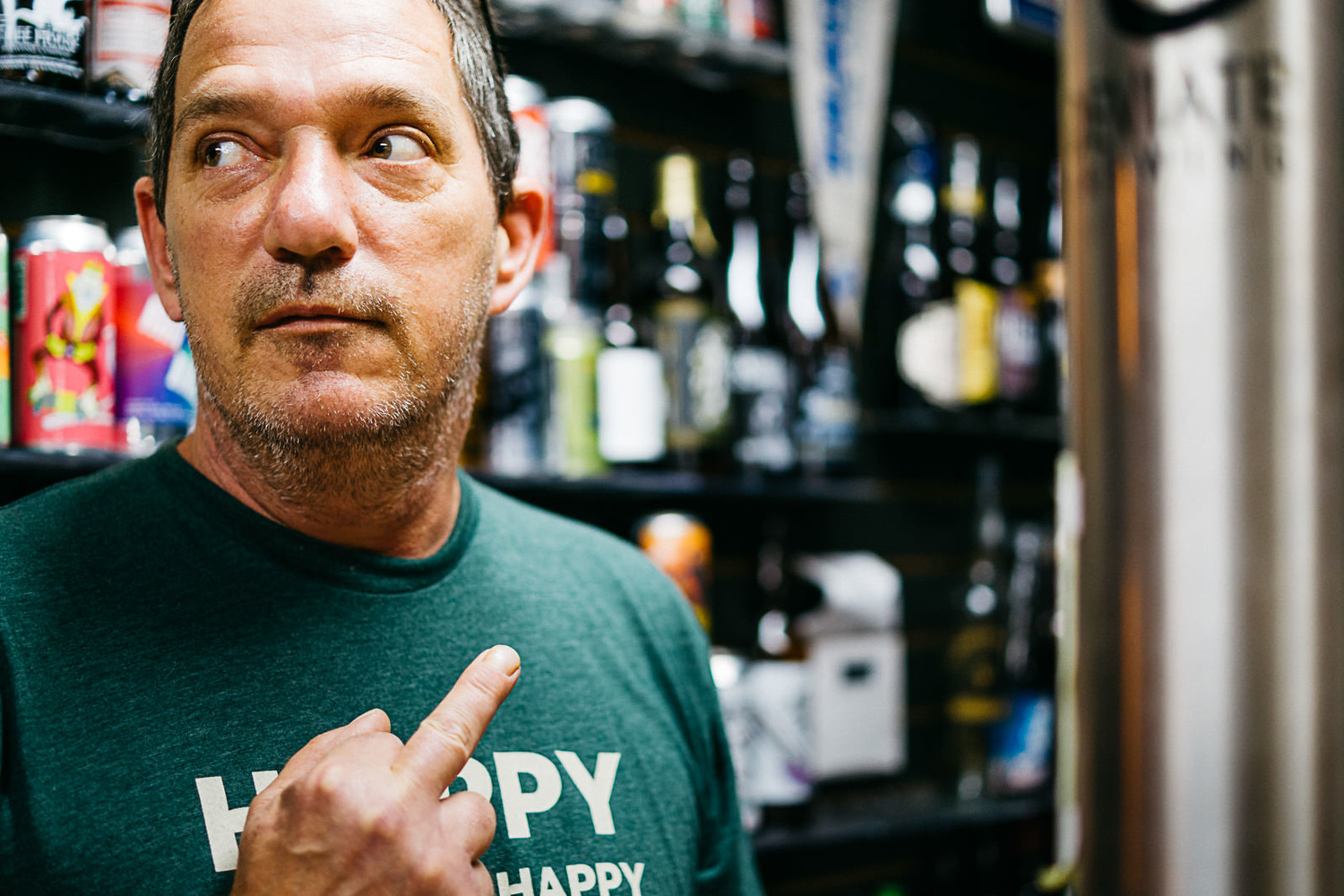
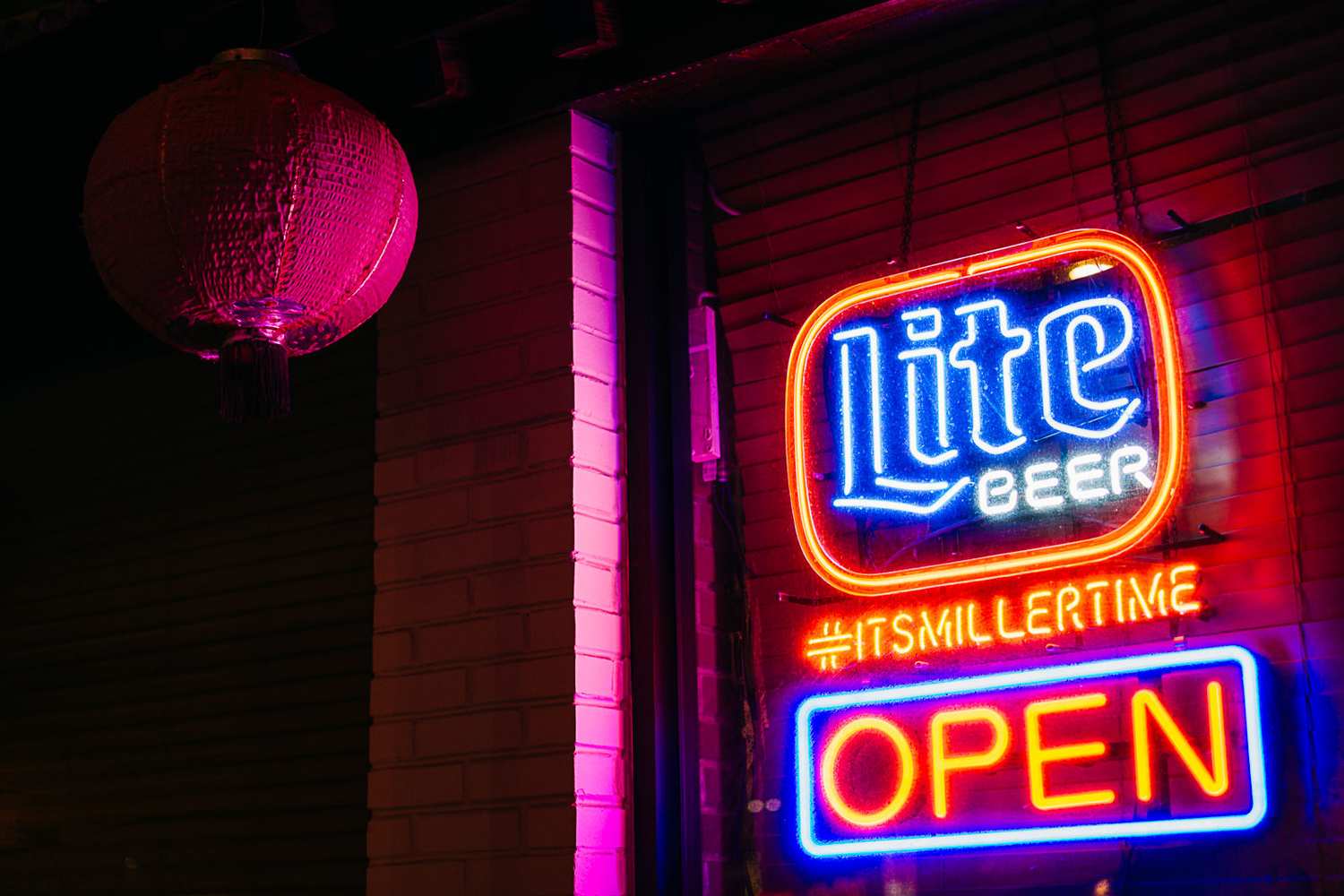

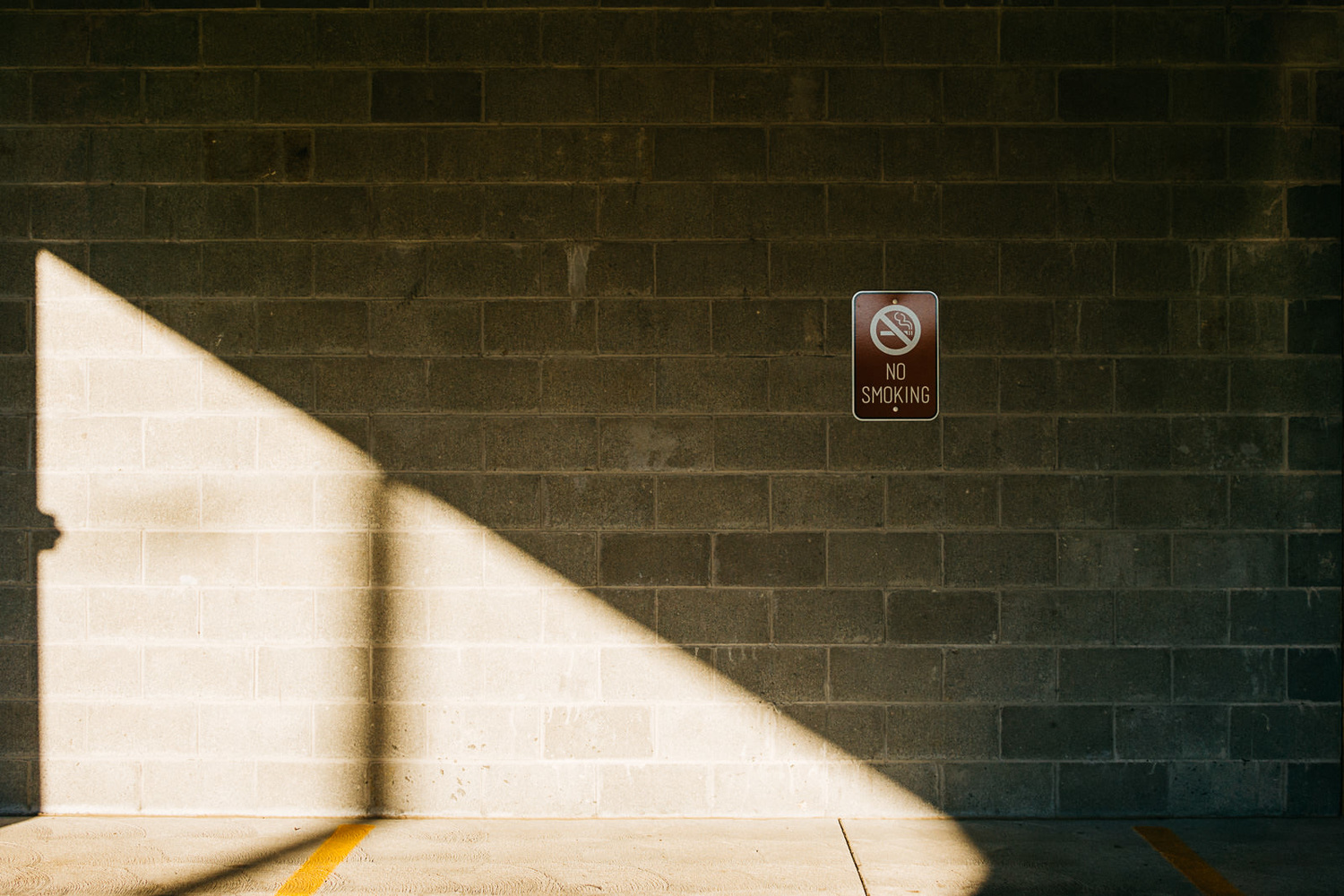
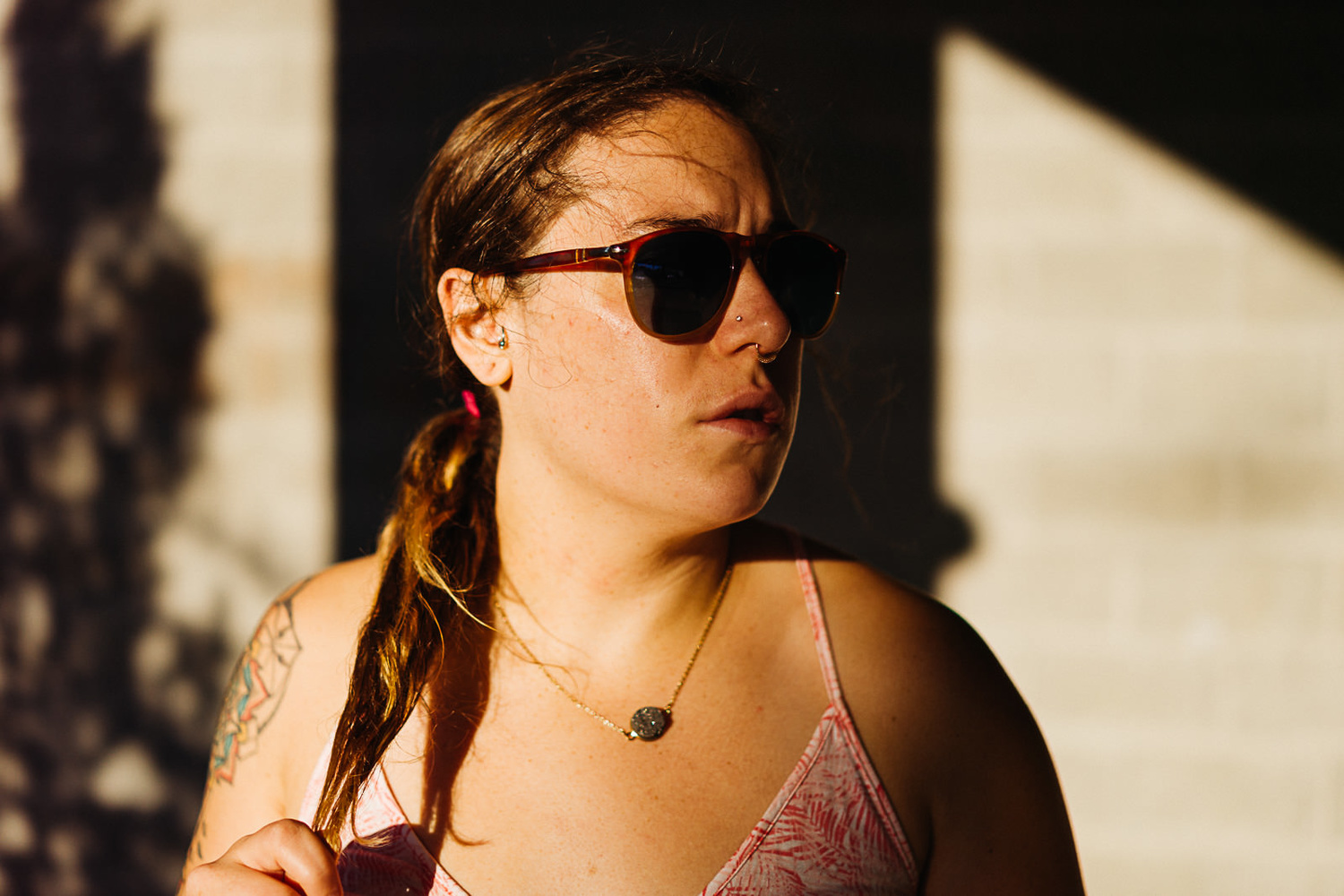




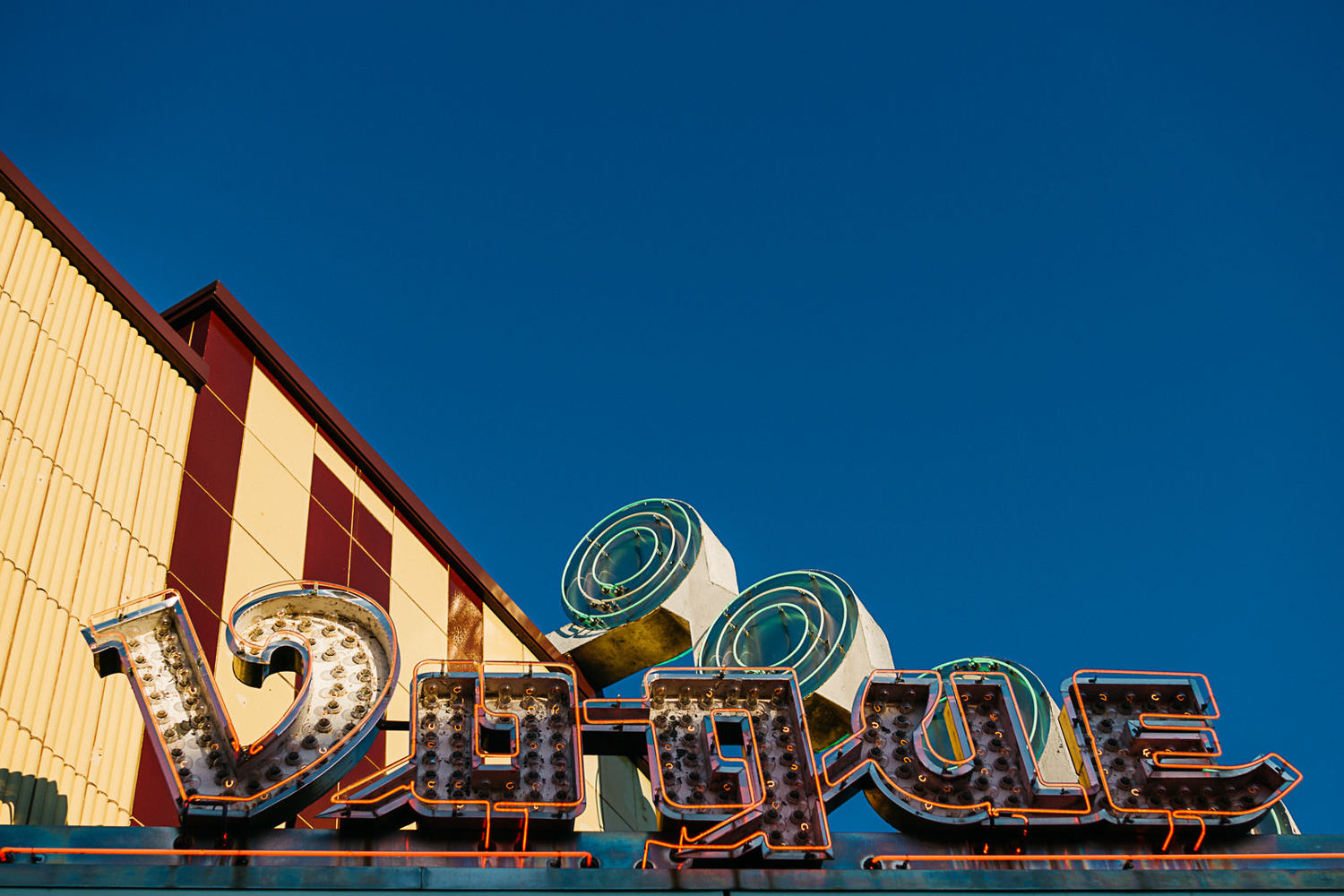
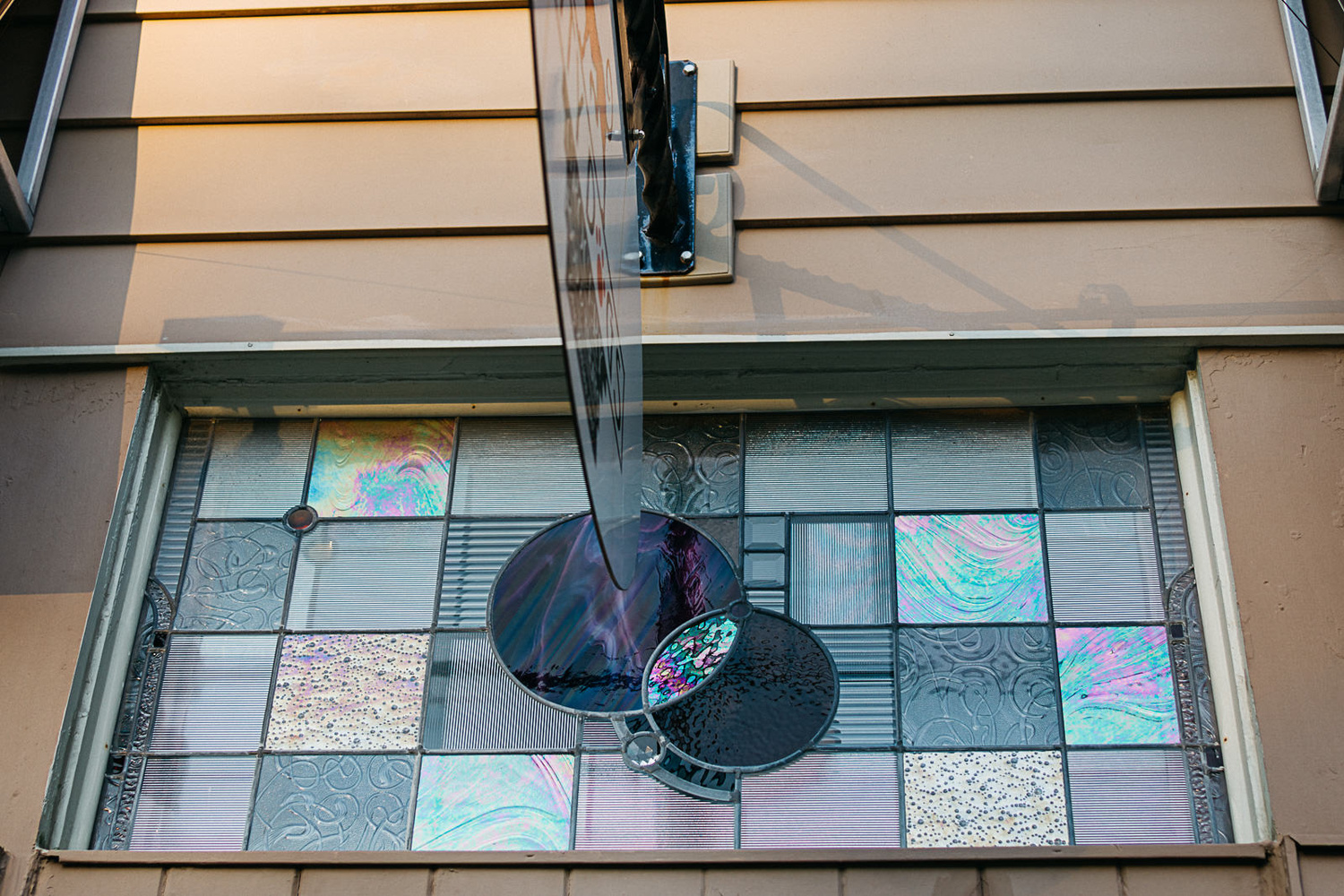

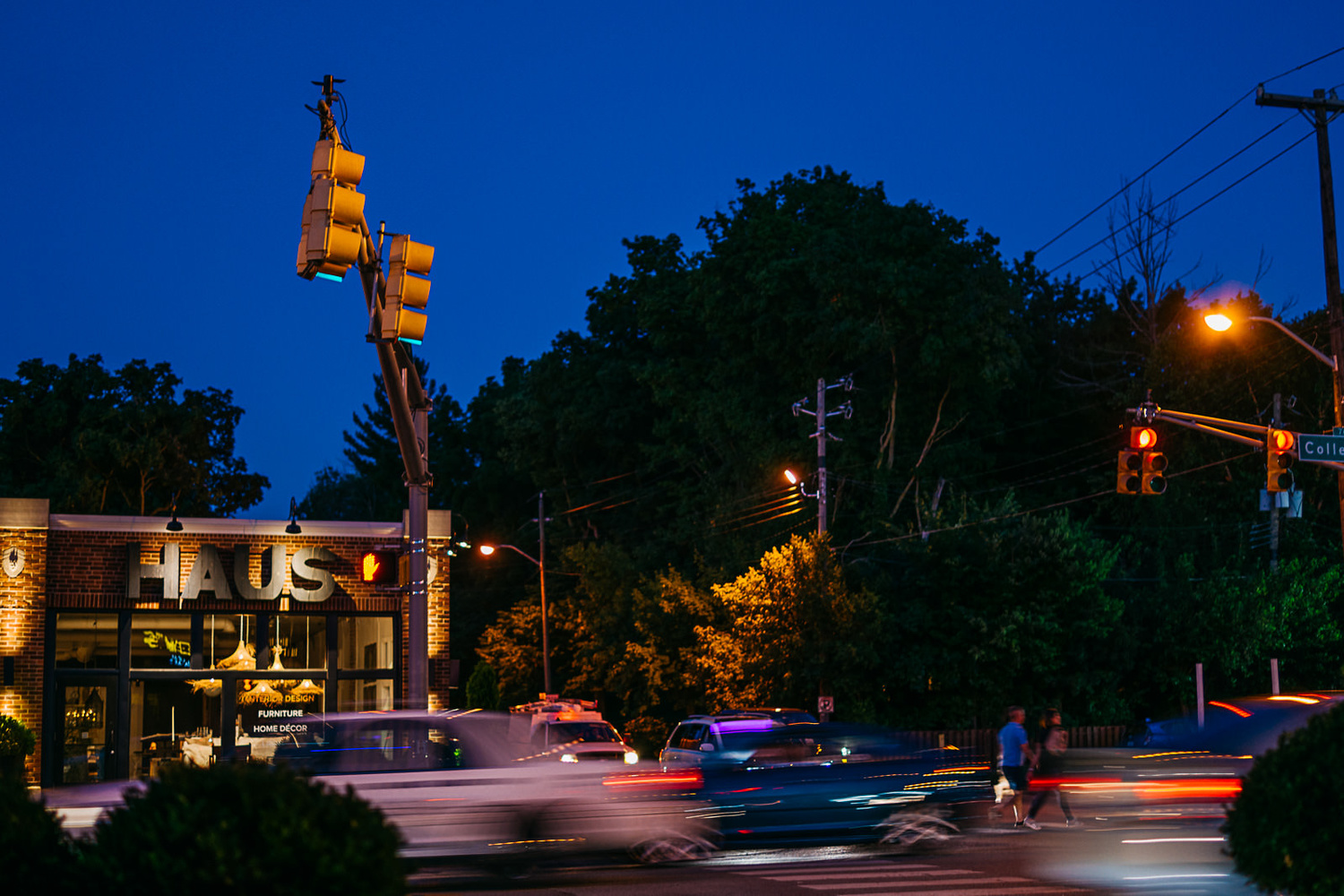









Nice article Sean! One question, you mention that this mirrorless would not replace your DSLR's, is there a mirrorless camera you would consider replacing your DSLR's with? I'm seriously on the lookout for a small compact camera to replace my heavy DSLR's. However, I would prefer to stay full frame, and shutter rate is quite important being an action photographer. Any thoughts or suggestions?
I can't speak for Sean, but if you're wanting a high-speed mirrorless full-frame, I think you only have two choices at this point: 1) Sony A9, or 2) Leica SL Type 601. The A9 is probably the best bet for action photography; it's packing the best autofocus and continuous shooting speed, and several fast telephoto lenses are on the way. The Leica SL Type 601 is pretty fast (11fps, but only 7 with AF) and has a solid build quality, but it also lacks fast telephoto lenses. Unfortunately, Leica haven't announced any fast telephotos for the SL mount from what I've heard. The A9 will likely suite your needs the best, unless you want to wait on a mirrorless full-frame solution from Canon or Nikon.
If you don't mind APS-C, the Fuji X-Pro series certainly opens up your "professional mirrorless" options.
And I agree, the SL system shows SO much promise, but they really need more lenses. Personally, I find the SL a little too big for my tiny hands, too.
Traded my Nikon D810 for a Fuji X100F when it was released and am still happy about it.
I apologize for the tardiness, but appreciate your review and like to download the sample images. However it requires me to buy an account. Is there any other way I can download the images please?
Thank you.